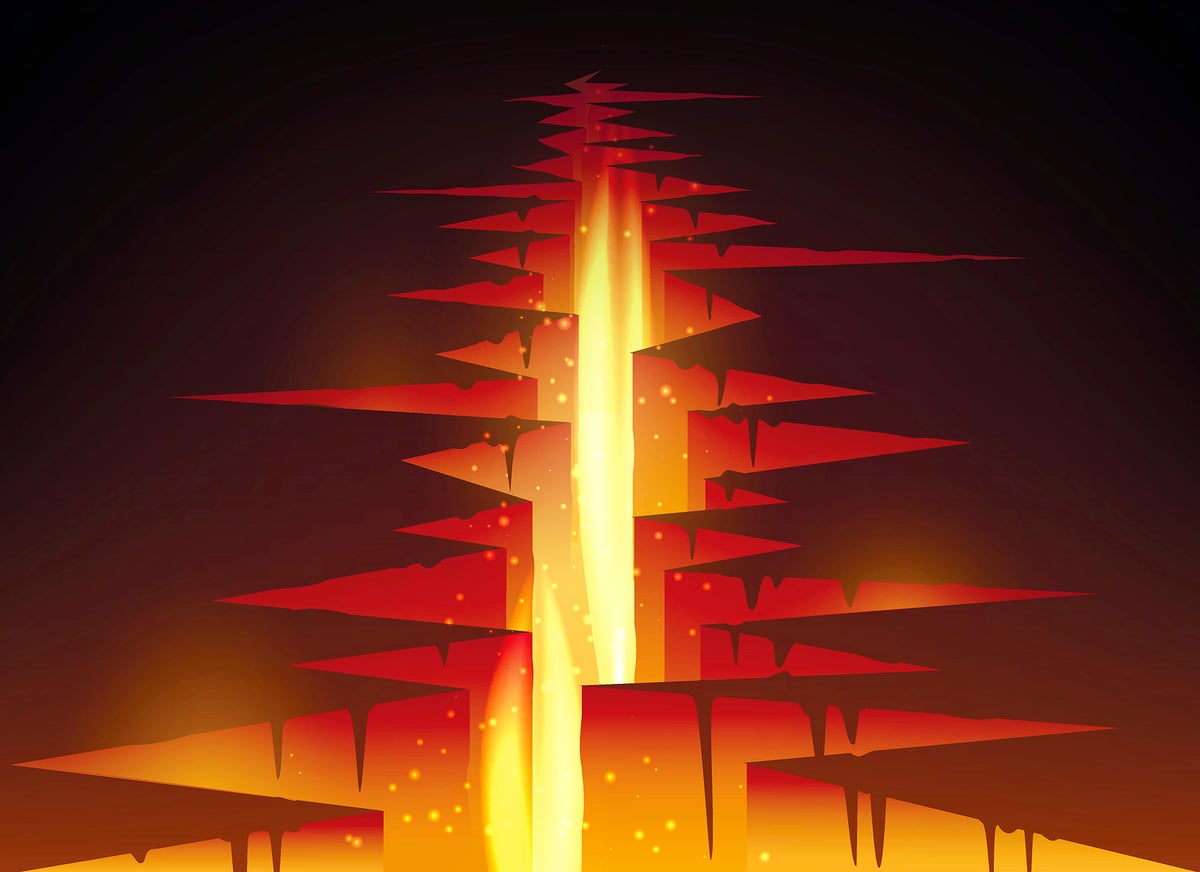
"The shaking produced by an earthquake can crack the ground, bring down buildings and cause massive rockfalls. All this destructive power is, astoundingly, just a fraction of a quake's overall energy. A new laboratory study in AGU Advances finds that shaking accounts for only 1 to 8 percent of the energy released in an earthquake, while up to a whopping 98 percent of that energy dissipates as heat."
"The friction of huge rock chunks sliding against one another can spike the temperature of the ground to more than 1,700 degrees Celsiushot enough to melt quartz and other minerals. It's challenging to measure how much of an earthquake's energy goes to shaking the ground versus breaking rocks versus flash heating, given that quakes start deep below Earth's surface and happen at unpredictable intervals."
"To understand this energy budget, Daniel Ortega-Arroyo, now a postdoctoral researcher at the Massachusetts Institute of Technology, and his colleagues created itty-bitty lab earthquakes by pressing centimeter-sized wafers of a powdered granite and magnetic particle mixture between aluminum pistons until the wafers slipped or snapped. They measured this process of cracking under stress with thermometers and piezoelectric sensors that mimic the seismographs used to measure real earthquakes."
Up to 98 percent of an earthquake's energy can dissipate as heat via flash heating at rock interfaces, while only 1 to 8 percent generates ground shaking. Friction between sliding rock chunks can raise temperatures above 1,700°C, enough to melt quartz and other minerals. Measuring the energy partitioning is difficult because earthquakes originate deep underground and occur unpredictably. Laboratory experiments reproduced small-scale quakes by pressing centimeter-scale powdered granite and magnetic particle wafers between aluminum pistons until slip occurred. Thermometers and piezoelectric sensors recorded rapid temperature rises from room temperature to above 900°C in microseconds and mimicked seismograph signals.
Read at www.scientificamerican.com
Unable to calculate read time
Collection
[
|
...
]